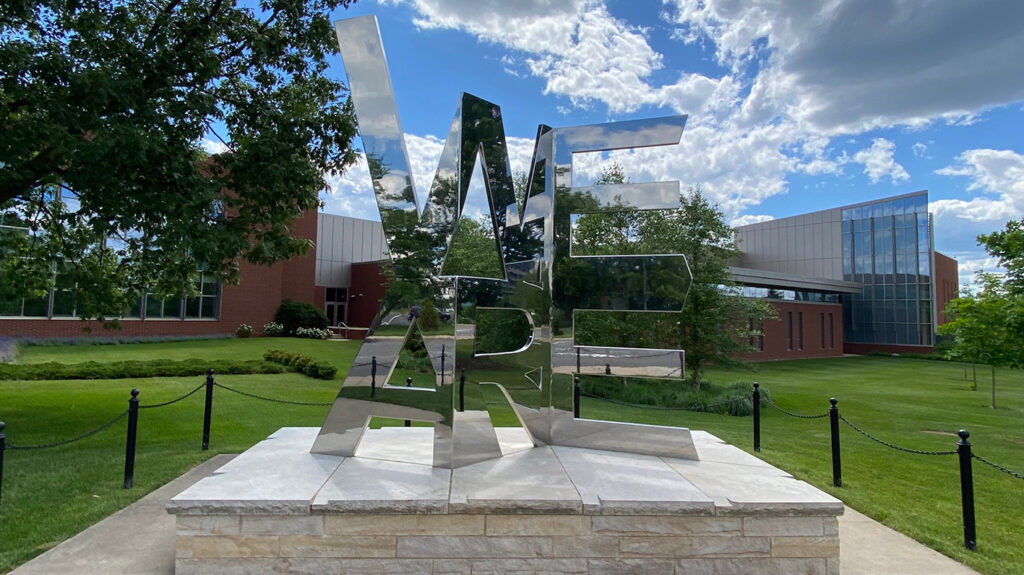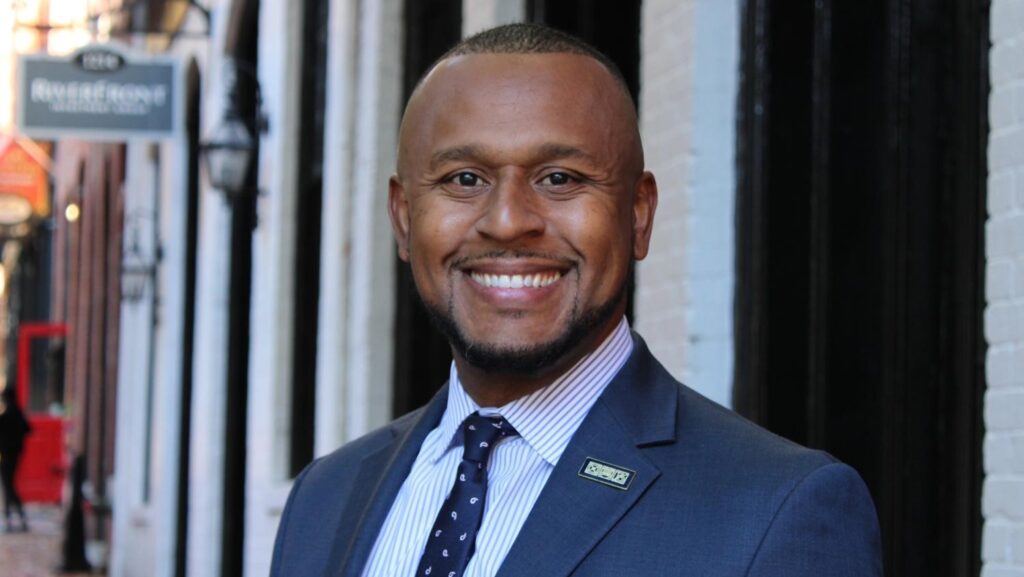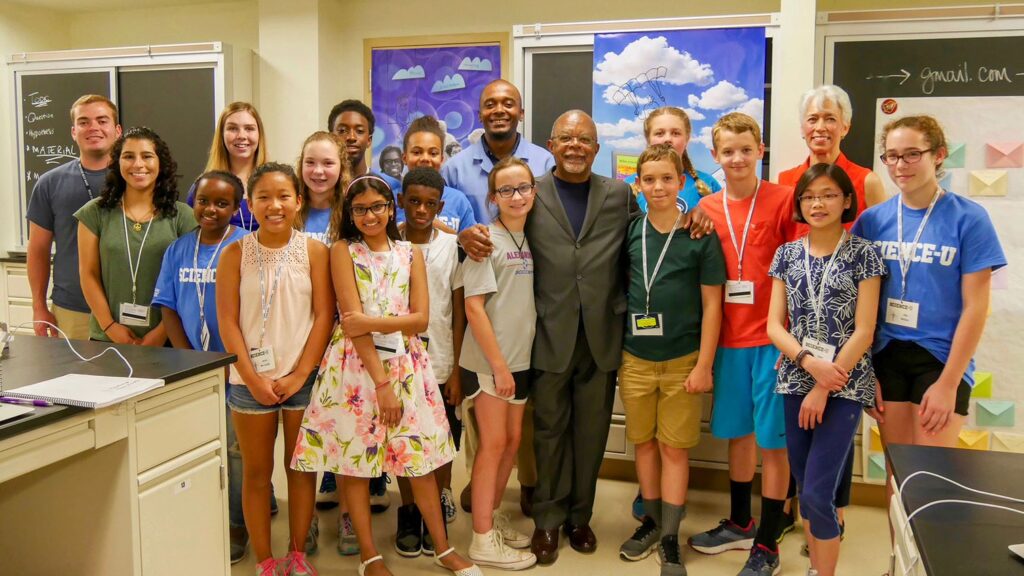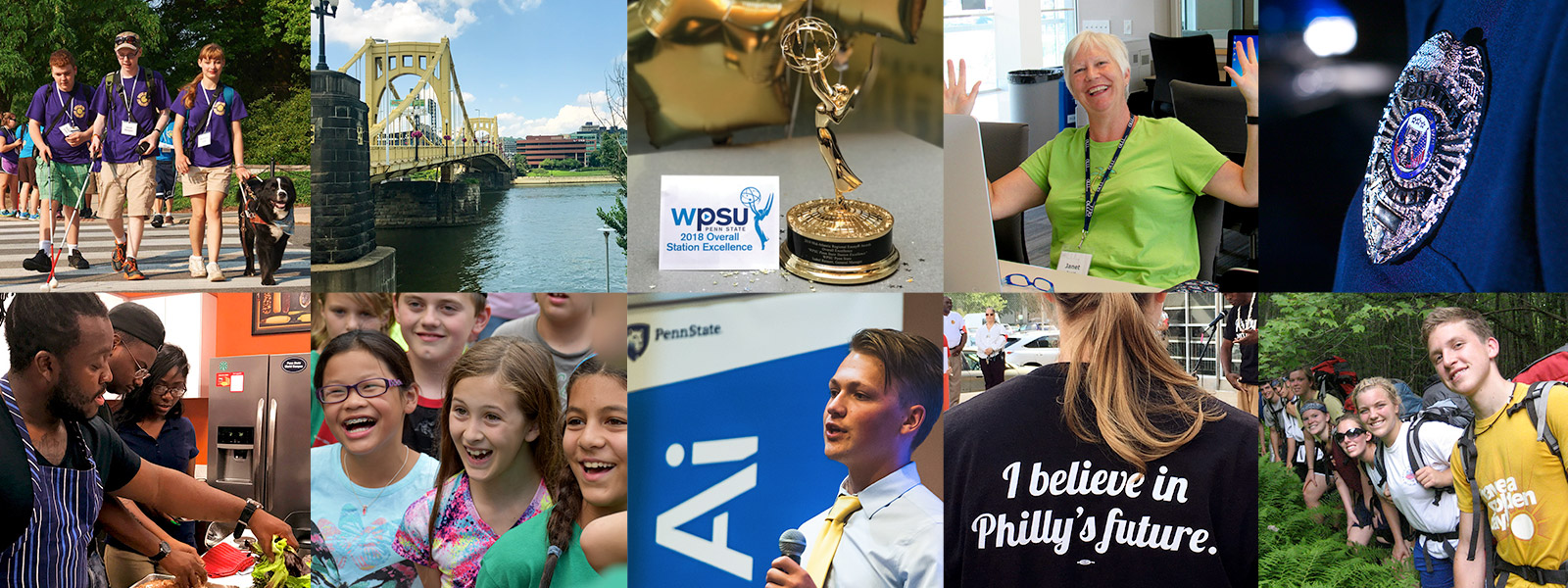Penn State Outreach amplifies the University’s land-grant impact through community partnerships, experiential learning, and diverse programming that reverberates within and extends beyond the borders of Pennsylvania.
Priorities, Mission, and Vision

Priorities, Mission, and Vision - Learn about Penn State Outreach's priorities, mission, and vision to engage, empower, and inspire learners, viewers, listeners, and partners.
Our Team

Our Team - Biography of the Vice President for Outreach and a list of the leadership and communications teams.
Commitment to Inclusion, Equity, and Diversity

Commitment to Inclusion, Equity, and Diversity - Penn State Outreach promotes a welcoming environment for all its employees and program audiences.
 Penn State Outreach Awards
Penn State Outreach Awards
Awards for recognizing exceptional faculty, staff, supporters, and engaged scholarship initiatives are available each year.

